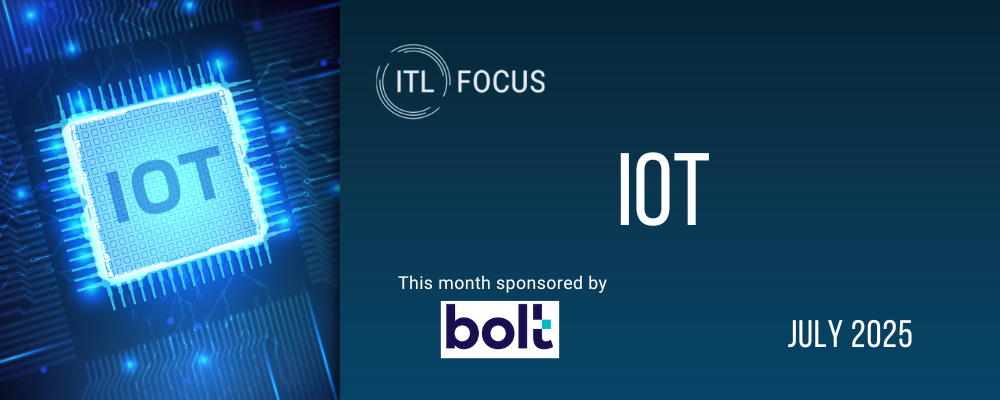The connected world is here. Everything is "smart." And for insurers, the implications are huge. Whatever you insure can now be connected, monitored and analyzed. People, places and things, moving or stationary, living or non-living—are all becoming smart. Think that is an exaggeration? Consider the following products announced or displayed at the Consumer Electronics Show (CES) 2016, just a few of the thousands of smart products:
- Smart air vents to monitor and adjust temperature in each room, detect for early signs of mold, etc.
- Smart drinking glasses to monitor hydration and caffeine intake
- Neuro-stimulation devices to block chronic pain or alter moods
- Smart appliances that manage energy efficiency, anticipate failures, conduct e-commerce, etc.
- Wearable patches to monitor UV rays, toxic exposure and biometrics
- In-car cameras that monitor a driver’s pupils for signs of stress
Add to that list smart belts, umbrellas and smoke alarms among many other things, and it’s difficult to find anything that doesn’t have a "smart version" today. And it’s all pretty exciting stuff. But here’s the rub—in many cases, the technology is way ahead of the desire and ability of consumers and businesses to use it. A few important considerations emerged as central themes at CES:
- Value propositions need more work. Many of the products at CES were narrow-use, high-priced items that work in isolation.
- Customer experience is still king. Products must be easy to install, easy to use and engaging. Progress is certainly being made here, especially among wearables, but some of the smart home and car products need to take the experience to the next level to get beyond the early adopters.
- Platforms and standards progress are required. Competing platforms for smart home hubs, connected car capabilities, intelligent infrastructure and other areas may impede adoption. The competitive environment is healthy, but widespread adoption will require more interoperability standards and a shakeout of players.
- New ecosystems and partnerships are rapidly evolving. Industry boundaries are disappearing, and new industries are emerging. Success in the connected world will require active involvement in various ecosystems as well as a flexible partnering strategy.
- Analytics and cognitive computing will be the differentiators. Embedding chips, sensors and devices into everything is creating vast oceans of data. The value will increasingly be based, not on owning proprietary data, but on the ability to gain actionable insights. Cognitive computing goes even further by automating real-time learning, reasoning and recommendations.
These five considerations along with other factors will affect adoption rates and opportunities for businesses and consumers. But it would be a mistake to conclude that there are too many complications or barriers to progress. In fact, the opposite is true. Advances are being made at breakneck speed, and barriers are being knocked down on a regular basis. If anything, this means that insurers need to be even more diligent and aggressive in shaping the future.
So, innovate to create new value propositions. Seize opportunities to transform the customer experience. Weigh in at relevant standards and platform discussions. Join new ecosystems and seek partnerships with unconventional allies. And build up your enterprise analytics expertise and capabilities.
The digital, connected world is here. If you want your company to thrive in this new era, you must jump in with both feet. The possibilities are endless, but you must play a role in shaping and capitalizing on them.








